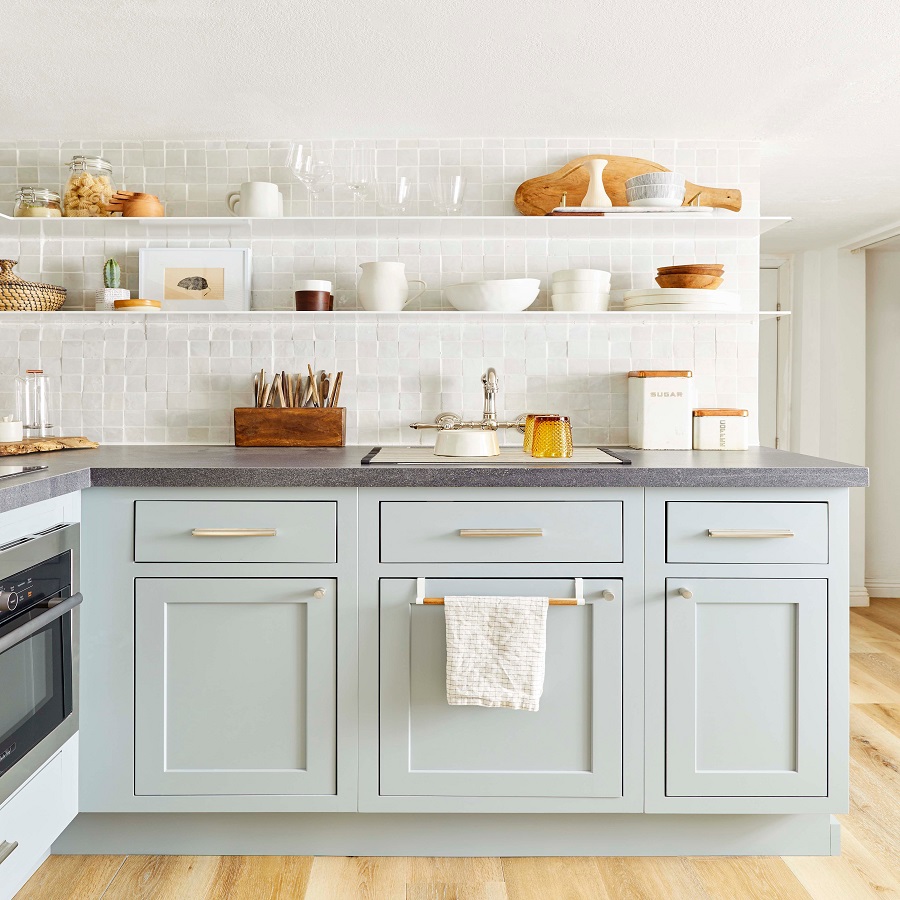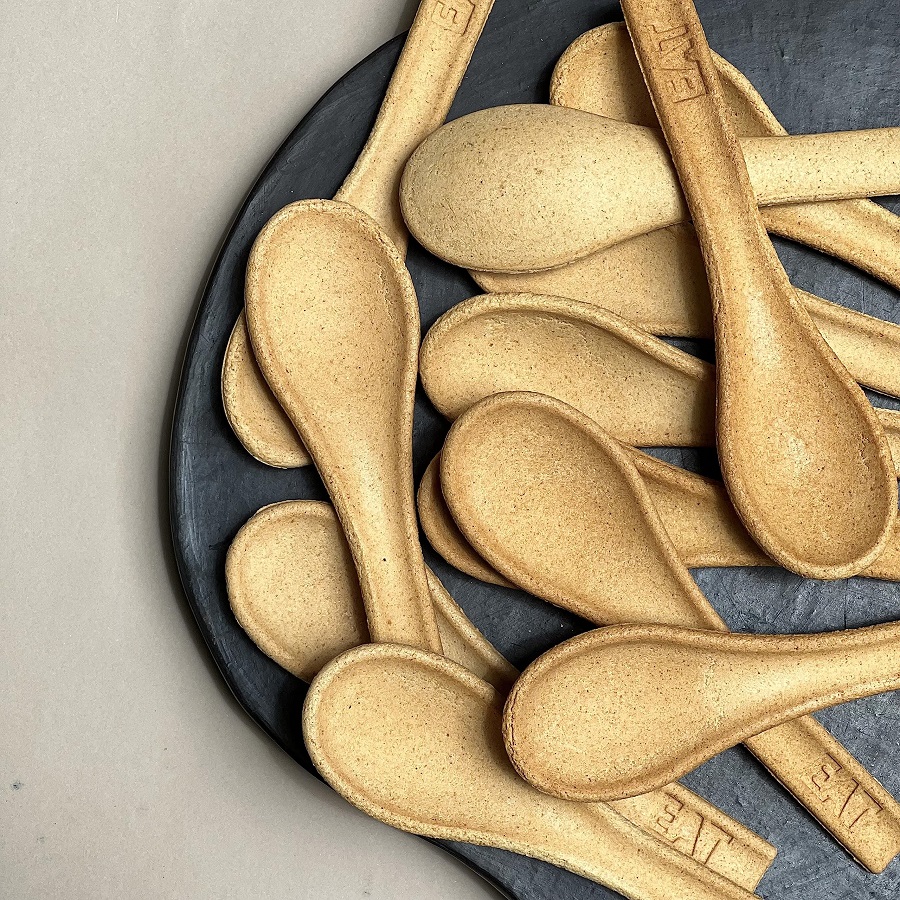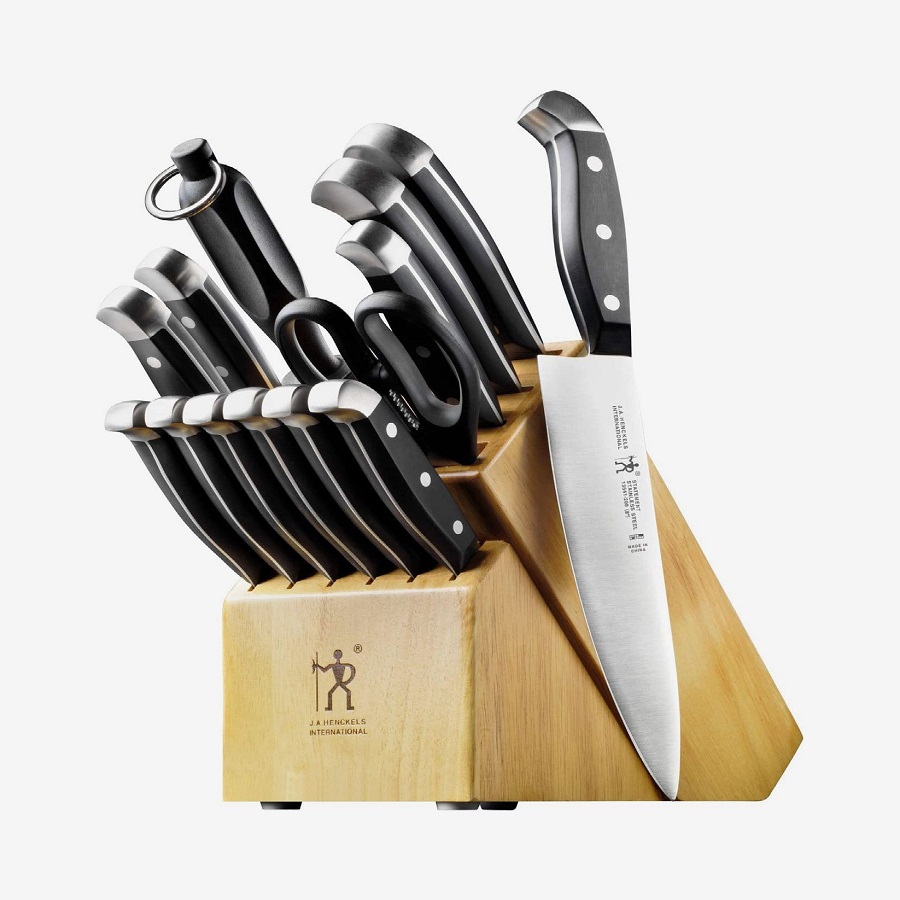Introduction
What color to paint kitchen cabinets – In the realm of interior design, few spaces carry as much significance as the kitchen. Traditionally the heart of the home, kitchens are more than just areas for cooking; they serve as gathering spots for families, a canvas for culinary creativity, and often a reflection of personal style. One prominent, yet often overlooked, aspect of kitchen design is color – specifically, the psychology of color and its profound impact on our mood, behavior, and perceptions. This article explores the role of color psychology in kitchen design, helping homeowners discover the perfect palette for their cabinets and creating a space that is not only functional but also emotionally uplifting.
 Understanding Color Psychology
Understanding Color Psychology
Color psychology studies how colors influence human emotions and behaviors. Different colors evoke different feelings, and their effects can vary widely based on cultural context and personal experiences. In the context of kitchen design, the right color palette can enhance the aesthetic of the space while also making it more inviting, energizing, or calming.
The Significance of Color in Kitchen Design
The kitchen is often a multi-functional space: it serves as a place for food preparation, family interaction, and sometimes even entertainment. As such, the colors chosen for cabinets and walls can create an ambiance that promotes a desired lifestyle. Below, we delve into some popular color choices for kitchen cabinets and their psychological impacts.
Shades of White: Purity and Spaciousness
White kitchens have stood the test of time as a symbol of cleanliness, simplicity, and timeless elegance. Psychologically, white evokes a sense of purity and freshness, creating an atmosphere that feels open and airy. White cabinets can make a small kitchen feel more spacious and are particularly versatile, allowing them to complement various design styles from modern to traditional.
However, it’s important to balance white with other elements to avoid a sterile or cold feeling. Accents in warm woods, metallic fixtures, or vibrant colors in decor can help create a more inviting space while retaining the freshness of a white palette.
The Warmth of Yellow: Optimism and Cheerfulness
Yellow is often associated with feelings of happiness and warmth. It’s a color that encourages communication and creativity, making it a wonderful choice for kitchens where family and friends gather. Choosing yellow cabinetry can instantly brighten up a space, providing an energetic and uplifting ambiance.
However, using yellow in excess can be overwhelming. Pairing yellow cabinets with neutral tones like grey or beige can create a balanced look that is both cheerful and soothing, promoting a positive kitchen experience without overwhelming the senses.
Invigorating Red: Energy and Passion
Red is a powerful color that signifies passion, energy, and appetite. It’s no surprise that red is often used in culinary settings, as it can stimulate hunger and sociability. Red cabinets can create a bold statement in a kitchen, perfect for those who want to infuse excitement and personality into their space.
However, it’s essential to consider the shade of red. Deep, burgundy shades can provide a warm, cozy atmosphere, while brighter reds can energize and invigorate. For a balanced approach, red cabinets can be paired with neutral countertops and backsplashes to temper their intensity.
Calming Blue: Trust and Serenity
Blue conjures feelings of tranquility and calmness, making it an ideal choice for anyone looking to create a peaceful kitchen environment. Lighter shades of blue can evoke feelings of cleanliness and relaxation, while darker blues can bring sophistication and richness to a kitchen.
Blue cabinets can work beautifully with wood accents or white trim, striking a balance that feels modern and inviting. It’s worth noting that in some cultures, blue is associated with trust and loyalty, providing a comforting backdrop as families gather to share meals and stories.
Nature-Inspired Green: Balance and Harmony
Green is often associated with nature, symbolizing balance, growth, and renewal. It’s a soothing color that brings a sense of calm and harmony, making it an excellent choice for kitchen cabinets. From soft sage greens to deeper forest greens, this color range can create an organic and refreshing vibe in the kitchen.
Incorporating green cabinetry can be particularly effective when paired with natural materials like wood, stone, or marble, reinforcing that connection to nature. Green kitchens promote an energetic yet peaceful atmosphere, facilitating a positive culinary experience.
Elegant Neutrals: Timelessness and Versatility
Neutral colors such as grey, beige, and taupe are popular in contemporary kitchen designs for their versatility and timeless appeal. These shades create a canvas that allows other design elements to shine, making them suitable for a wide range of styles.
Grey, for instance, can carry both warm and cool undertones, which means it can easily be combined with various accent colors – from vibrant greens to rich reds. When choosing neutral cabinetry, consider the overall lighting of the space, as natural light can enhance or dull these tones.
Selecting the Perfect Palette
While understanding the psychology behind colors is essential, there are practical considerations when selecting the perfect palette for kitchen cabinets:
- Lighting: Make sure to consider the natural and artificial lighting in your kitchen. Bright, well-lit spaces can afford darker or more vibrant colors, while dimmer areas may require lighter hues to prevent a cave-like atmosphere.
- Size of the Space: Smaller kitchens may benefit from lighter shades to create an illusion of space, while larger kitchens can accommodate bolder colors without feeling cramped.
- Personal Style: Ultimately, the color palette should reflect the homeowner’s taste. Consider the overall style of the home and the feelings you want your kitchen to evoke.
- Complementary Colors: Think about how your cabinet color will interact with the wall colors, countertops, and flooring. Creating harmony in the color scheme can enhance the overall design and ambiance of the space.
- Trend Versus Timelessness: While it’s tempting to follow the latest color trends, choose shades that you will enjoy over the long term. Timeless colors can provide a lasting elegance while allowing for flexibility with accessories and decorative elements.
Understanding the Role of Color in Your Kitchen
Color has a remarkable ability to influence our emotions and perceptions. In the kitchen, color can create a sense of warmth, clarity, or energy. Here are a few psychological effects of color to keep in mind as you decide on your cabinet hue:
- White: Symbolizes purity and cleanliness. It creates a sense of spaciousness and brightness, making it a popular choice for smaller kitchens.
- Gray: Offers a modern, sophisticated touch. It acts as a neutral backdrop, allowing accessory colors to shine.
- Blue: Known for its calming properties, blue can evoke feelings of tranquility while still bringing a touch of elegance.
- Green: Reflects nature and promotes feelings of balance and harmony. Lighter shades like sage can invoke a fresh, airy feel, while darker greens add depth.
- Bold Colors (like Red, Yellow, or Orange): Exude energy and vibrancy. These saturated shades can make a statement but require careful consideration in balancing other elements in the kitchen.
Assessing Your Space
Before committing to a color, take a few moments to evaluate your kitchen space:
- Lighting: Examine how natural light flows into your kitchen throughout the day. Color can change drastically in different light conditions. A cabinet color that looks fabulous in natural light may appear drab under artificial lighting, so consider sampling the paint under different lighting conditions.
- Size of the Kitchen: In smaller kitchens, lighter colors like whites, soft blues, or pale grays can create an illusion of spaciousness. For larger kitchens, darker shades can add coziness and intimacy.
- Existing Features: Consider the color of your countertops, flooring, and appliances. Choose a cabinet color that complements or contrasts with these elements to create a harmonious look. For instance, if you have a beautiful wooden countertop, you might want to opt for cabinets in a soft cream or sage green that highlight the natural warmth of the wood.
Styles and Trends: Fitting Your Personal Aesthetic
Your personal style plays a crucial role in the cabinets’ color selection. Consider the overall design aesthetic of your home to ensure coherence:
- Traditional Style: Opt for classic whites, creams, or soft pastels. These colors embody timeless elegance while providing a fresh feeling.
- Modern Style: Embrace bold colors like deep navy blue or charcoal gray. These colors offer a sleek, contemporary vibe and pair well with matte or glossy finishes.
- Farmhouse Charm: Colors like soft greens, dusty blues, or warm whites encapsulate the rustic feel of farmhouse kitchens, providing an inviting atmosphere.
- Industrial Look: Dark, moody colors like slate gray or black work beautifully in industrial-themed spaces, providing a bold contrast against raw materials like metal and wood.
Color Combinations: Creating a Cohesive Look
Once you’ve selected a primary cabinet color, think about secondary colors that can complement your choice. Creating a cohesive palette can elevate the entire aesthetic. Here are a few combinations to consider:
- White Cabinets with Bold Contrasts: Pair classic white cabinets with darker countertops for a striking contrast. Incorporate bold accessory colors, like vibrant kitchenware or colorful backsplashes, to bring energy to the space.
- Gray and Blue Accents: A sophisticated gray cabinet can be beautifully paired with royal blue or teal accents, bringing depth without overwhelming the space.
- Earthy Tones: Light green or beige cabinets paired with natural wood accents create a warm and inviting environment, perfect for family gatherings.
Finishing Touches: Hardware and Accessories
The finish and style of the cabinet hardware can also enhance the overall look of your cabinets, often serving as an extension of your chosen color scheme:
- Gold or Brass: Works exceptionally well with white, navy, or dark green cabinets, infusing a touch of elegance and luxury.
- Matte Black: Perfectly complements grays or bold colors, contributing to a modern and sleek aesthetic.
- Classic Silver: Versatile and timeless, silver hardware works beautifully with almost any color palette, maintaining a consistent look.
Conclusion
The impact of color psychology on kitchen design is profound, influencing both the atmosphere of the space and the emotions of those who inhabit it. By thoughtfully selecting the right colors for cabinets, homeowners can create a kitchen that not only serves its functional purpose but also fosters connection, creativity, and comfort.
Whether you choose the freshness of whites, the warmth of yellows, the energy of reds, the calm of blues, the balance of greens, or the versatility of neutrals, each color choice can significantly shape the culinary experiences and memories created within your home. Embrace the power of color, and transform your kitchen into a vibrant reflection of your personality and lifestyle.




